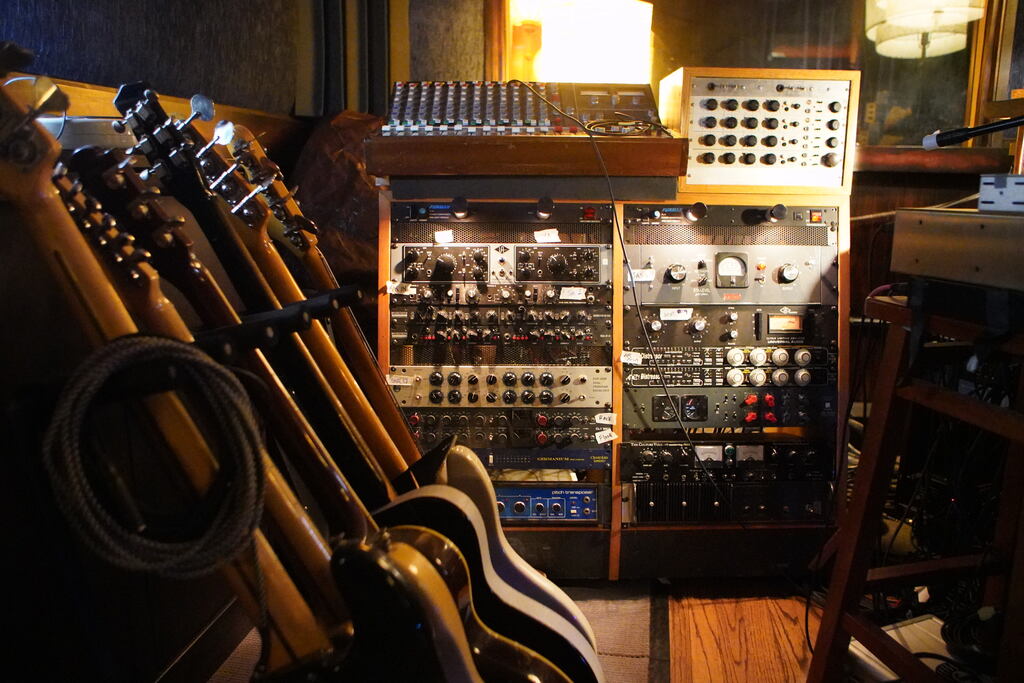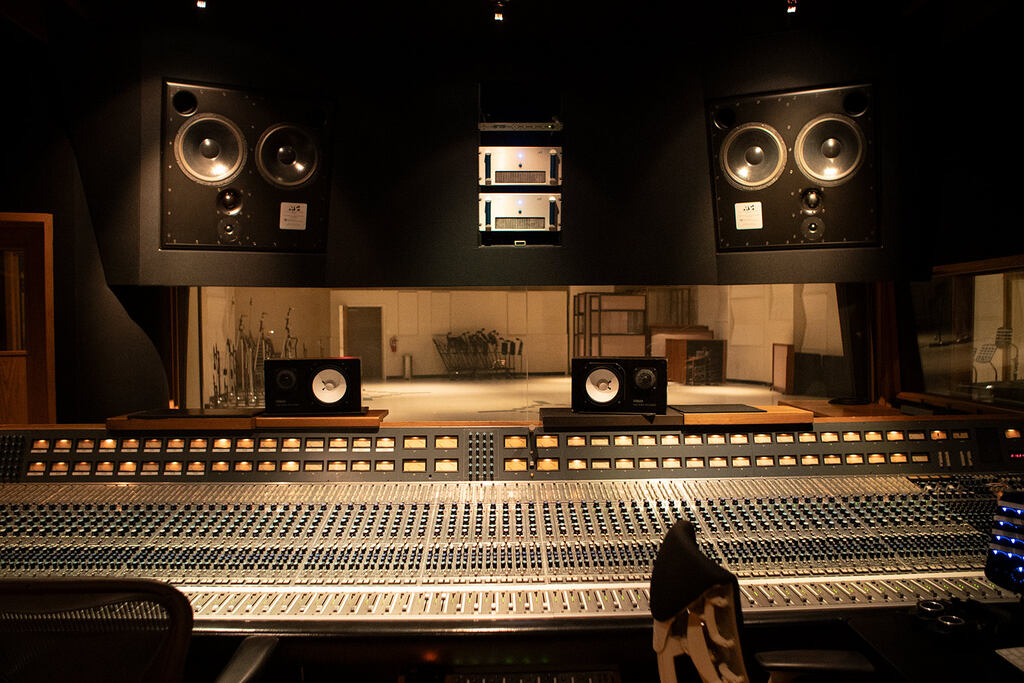
Blog
True love for great sound unites us.
Blog
True love for great sound unites us.
Do you want to know what a preamp is? Here is the most straightforward definition:
A preamp makes quiet audio signals louder to prepare them for further processing.
This seemingly simple function is one of the most crucial steps in the recording process. It has the potential to shape your sound drastically.
This blog will show you how preamps work and which type to pick for your recording situation.
To understand how important a preamp is, let's first look at the job of a microphone.
A microphone's incredibly thin membrane vibrates according to the sound waves of your voice. This creates an electrical signal.
It is less potent than the electricity that runs your washing machine, cooks your food, or moves your electric vehicle.
It's a delicate stream of electrons. Easy to be pushed around by electromagnetic interference or destroyed by other signals. It is fragile but incredibly precise!
A preamp amplifies weak electrical signals to a level that can be used by other equipment.
The preamp creates a signal strong enough to be passed around through long cables or to other electronic equipment. It works like a magnifying glass, making the picture big enough to see all the beautiful details.
But here lies the problem: you wouldn't want to use a dirty magnifying glass as you couldn't see all the fantastic details.
That's why you want preamps to do their job as precisely as possible. Every tiny bit of unwanted sound or distortion created at the input stage gets amplified. It will come out as an audible noise at its output.
Besides microphone preamps, there are also instrument and line-level preamps.
Instrument and line-level preamps have other unique features, but their core function remains the same: to amplify a signal and prepare it for the following piece of equipment in the recording chain.
Some might say the best preamp is the one that precisely amplifies your signal, keeps all transients intact, and doesn't add any distortion to your recordings. Solid-state preamps would be the clear winners of that race.
Solid-state preamps were developed to address some of the limitations and problems of the older tube preamps.

Solid state aka. FET preamps are smaller, introduce less noise, are more reliable, generate less heat, consume less power, and don't break easily. Besides that, they deliver a "precise sound". That should be good enough, right?
Not necessarily. For decades, our favorite music was recorded through tube preamps.
The more advanced solid-state preamps had yet to be invented, and the music we loved listening to was slightly distorted. All the transients were smoothed out, and the frequency balance was changed by the distinct curve of the specific tube preamps.
This was far from a perfect reproduction of the recorded sound, but we learned to love that distinct style over time.
It was the sound of an era. The pleasant distortion became known as "saturation". And once the superior solid-state preamps got rid of it, we missed it.
Unsurprisingly, you will often find a mix of solid-state and tube preamps in the biggest recording studios worldwide.
If you can choose between both, you can shape the sound while recording and get the style you want.
To sum it up, solid-state and tube preamps have their uses. But you don't need a fancy, expensive tube preamp to get great-sounding recordings.
Suppose you are recording with a microphone. The preamp could be built into your USB mic, audio interface, or camera microphone input.
Chances are high that you already own a preamp.
The preamps of modern audio interfaces have outstanding sound quality. Thanks to the rapid advancements in technology, they provide clean and precise amplification. With them, you can capture your signal the way it is.

Recording great-sounding music outside of big studios is more and more common. You only need a small portable audio interface, mics, and instruments.
These recordings are good enough to be used on big professional productions thanks to the precise work of the lightweight and affordable preamps.
The technology is widely available, and people use it to their advantage.
In summary, if you want to record an XLR microphone or instrument, you need a preamp. But the preamps of current audio interfaces are good enough.
You don't need an external preamp to make great recordings.
The big form factor leaves room for additional shielding. The separate power supply may help push the noise floor down more.
External preamps can have a slight advantage in sound quality.
But keep the following in mind: professional audio engineers are still arguing if they can hear the difference between several solid-state preamps in a blind test.

Also, the improvement in sound quality has diminishing returns.
A considerable amount of expensive work and material is needed for the lower noise floor that external solid-state preamps can feature. These tiny improvements come at a hefty price.
It may be an improvement that no listener will even hear in the result.
People will definitely notice if you warm up your voice before singing, take a sip of warm water to eliminate smacking noises from your mouth or put new strings on your guitar.
These things are noticeable in a recording, and they are cheap or come for free.
If you want to increase the quality of your recordings, an external preamp may not be the first thing you should look for.
Here are 5 tips to improve your microphone quality.
Getting an external preamp could be a nice upgrade if you have a great microphone, a recording space with great acoustic properties, good technique, and some spare money.
Now that we can record with pristine quality with a small and mobile audio interface, there is one thing we can't do so easily anymore: add the imperfection and color of vacuum tubes.
Let's think back to the example with the magnifying glass.
Although not entirely realistic, it might be charming if the lens added a bit of orange color, like a vintage filter. The glass could be blurred a tiny bit, making everything look smoother and more beautiful.
This is what a great tube preamp or microphone can do to your audio, which is why they are so popular.
Having this type of sound available is an advantage.
Different preamps give you various options to shape the sound to your liking.
And let's be honest, who doesn't love a shiny new piece of gear? Something that inspires our creativity and makes us feel and sound good at the same time.

Today, getting an audio interface with specs that allow for professional recordings is easier than ever.
If you don't buy the cheapest audio interface you will find, you will get excellent preamps that will be suitable for most recording situations.
Spice up your recordings with a tube plugin of your choice, and you are set up for a versatile and professional sound.
If you want to upgrade this setup later with a colorful option, add a tube mic or tube preamp with a low-noise floor.
Both devices will form a strong team with the precise and clean preamps you own, lifting your recording abilities to the next level.